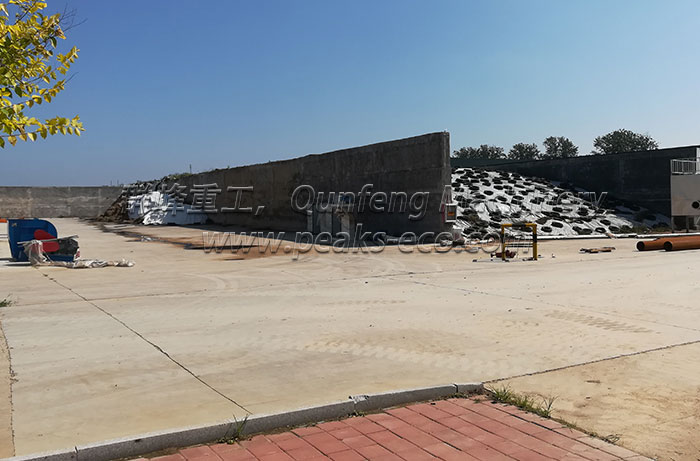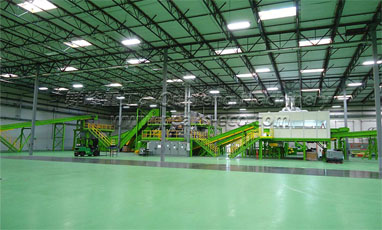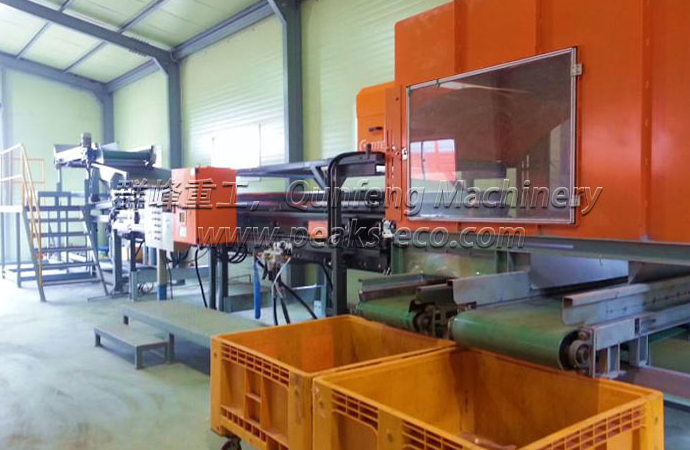Waste management includes source reduction and reuse, animal feeding, recycling, composting, fermentation, landfill, incineration, and land use. Reducing and reusing some of these methods can start from the comfort of your own home.
Although there are many ways to deal with waste, in this section, let's look at some of the most common methods you should know about waste management.
landfills
Dumping everyday waste/refuse into landfills is the most widely used method of waste disposal today. The focus of the waste disposal process is to bury the waste in the ground. Landfills are common in developing countries.
There is a method used to eliminate the smell and danger of garbage, and then put it underground.
Admittedly, this is the most popular method of waste disposal, but it is certainly not the only procedure, and it may open up a variety of Spaces. This approach is becoming increasingly rare, despite the lack of available space and the presence of methane and other landfill gas, both of which can lead to many pollution problems. Landfills cause air and water pollution, seriously contaminate the environment, and may cause fatal injuries to human and animal lives. Many areas are reconsidering the use of landfills.
Incineration/combustion
Incineration or combustion is a type of disposal method in which municipal solid waste is burned at high temperatures. The process eventually converts them into residues and gaseous products.
The greatest advantage of this method is that it can reduce the volume of solid waste to 20 to 30 percent of the original volume. In addition, it reduces the amount of space they take up and also reduces the pressure on landfills.
Incinerators are primarily used for heat treatment to convert solid waste into heat, gas, steam, and ash. Incineration is also common in countries that no longer have space for landfills, such as the United States and Japan.
Recycling and Reuse
Resource recovery is the process of using useful discarded items for a specific next use. These discarded items are then processed to extract or recycle materials and resources, or to convert them into energy in the form of usable heat, electricity, or fuel. Recycling is the process of converting waste products into new products to prevent the consumption of energy and fresh raw materials. Recycling is the third part of waste reduction, reuse, and recovery hierarchy. The idea behind recycling is to reduce energy consumption, reduce the number of landfills, reduce air and water pollution, reduce greenhouse gas emissions, and conserve natural resources for future use.
Plasma gasification
Plasma gasification is another form of waste management. Plasmas are mainly electrically charged or highly ionized gases. Lighting is one type of plasma produced at temperatures over 12,600°F. With this waste treatment, the container can use characteristic plasma torches operating at +10,000°F, thus creating a gasification zone to convert solid or liquid waste into syngas before 3,000°F. During the process of plasma gasification of solid waste, the molecular bonds of the waste are broken due to the high temperature in the container and elements. As a result of this process, the destruction of wastes and hazardous materials was found. Such waste disposal could provide renewable energy and other benefits.

Composting Project
Compost
Composting Project is a simple, natural biodegradation process that takes in organic waste, which is plant debris, garden, and kitchen waste, and turns it into nutrient-rich food for plants. Composting, commonly used in organic farming, occurs by leaving organic material in one place for months until microorganisms decompose.
Note that composting is often considered one of the best waste disposal methods because it can turn unsafe organic products into safe compost. However, this process has its drawbacks. Some people find it slow, while others find it takes up a lot of space. But despite these problems, many people are still using home composting to manage and reduce waste.
Conversion of waste to energy (Energy Recovery)
Waste to Energy, also widely recognized by its acronym, WtE, is generated by the waste in the form of heat or electricity.
The waste to Energy (WtE) process involves the conversion of non-recyclable waste into usable heat, electricity, or fuel through a variety of processes. This type of energy is renewable because non-recyclable waste can be used over and over again to produce it.
WtE can also help reduce carbon emissions by offsetting the demand for energy from fossil fuels. Over time, this will reduce global warming and improve our environment.
Special Waste Treatment
Some types of waste are considered dangerous and cannot be treated without special treatment, which will prevent contamination from occurring.
Biomedical waste is an example of such waste treatment. It is mainly used in medical institutions and similar institutions. Special waste treatment systems can effectively treat hazardous biomedical waste.
Avoid/minimize waste
The simplest method of waste management is to reduce waste generation, thereby reducing the amount of waste going into landfills.
Waste reduction can be achieved by recycling old materials such as cans and bags, repairing damaged items rather than buying new ones, avoiding the use of disposable products (such as plastic bags), reusing used items, and buying items with less design.
Best practices in waste management
Recycling and composting are two of the best methods of waste management. So far, composting has been done only on a small scale, either by individuals or in areas where waste can be mixed with cultivated soil or used for landscaping purposes.
On the other hand, recycling can be widely used all over the world, among which plastics, paper, and metals are the most recyclable items. Most recycled materials can be reused for their original purpose. In some cases, they may also be sold to generate profits.
The bottom line
As you can see, there are a number of important things you should know about waste Management plants to ensure that you and your environment are safe. While it may not be obvious, your choice paves the way for a better world and a healthier environment. This is why it is always sustainable and makes practical efforts to manage and dispose of waste. As we list a variety of waste management methods, please explore your options before making your final choice.




